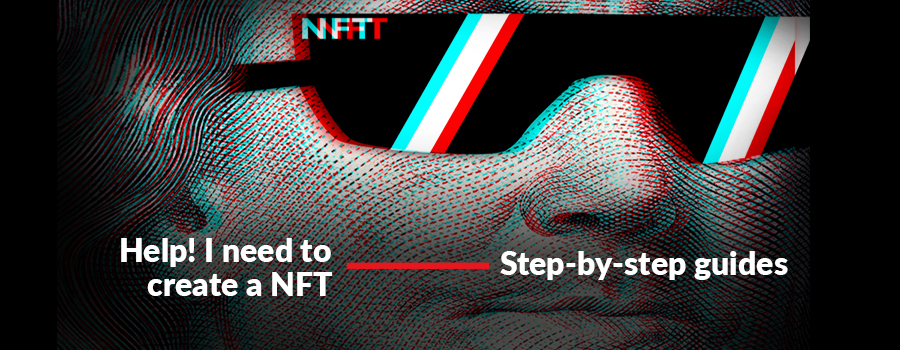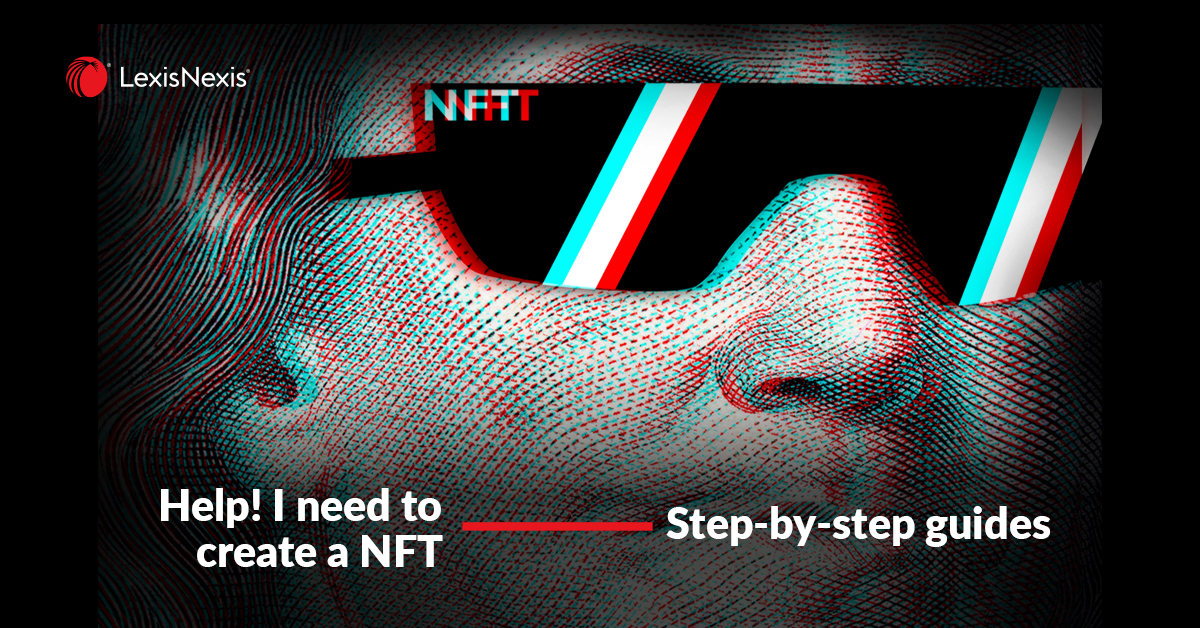
Blog 5: The blog that answers *all your remaining NFT questions…
09 June 2023 00:10
A lot has happened since we last wrote about our NFT project. The Easter Bunny has been and gone. The Cash Rate has risen. Sweden won Eurovision. And yes… over a few more real coffees, in virtual meeting rooms, and, with guidance from our advisers at Herbert Smith Freehills, we have mulled over (see Blog 3 for more detail) and finalised (break out the champagne) the terms and conditions for our NFT.
You can see our full terms and conditions here. Please note that NFT projects vary in subtle ways and can present a range of risks. These terms and conditions were prepared specifically for the benefit of LexisNexis and this NFT project. They are not to be relied on or adapted for other NFT projects. You or your clients should seek legal advice in relation to the terms and conditions that are appropriate for your project[1].
We thought we would share with you here, some of the issues we considered as we put together our terms and conditions for our project.
Who gets the money?
Ok, so whilst admittedly this project is unlikely to result in the multimillion dollar profit I have been dreaming about, buying the first ever NFT of a Guidance Note is, undoubtably, “cool”- especially because the buyer will have the chance to bragging rights on the actual guidance note within Practical Guidance Cybersecurity, Data Protection and Privacy. So, when our token sells for “almost millions” who will get all the money?
It wasn’t difficult to determine that we wanted 100% of our proceeds to be given to charity. But determining which charity is never easy. There are so many good, non-profit organisations that align with the values of LexisNexis, and, more specifically, that align with the values of our Rule of Law Foundation, which works to develop peaceful, equitable and prosperous societies. Whilst it would have been possible to transact on the blockchain and then transfer the proceeds of any sale in cash to a chosen charity, we determined that the simplest way forward was to choose a charitable partner that could receive donations in bitcoin. In this way, bitcoin could be transferred directly between the buyer and the charitable partner without LexisNexis needing to act as an intermediary.
There are a number of charities that receive bitcoin, but we determined that 100% of the proceeds of the sale of our NFT would be given to our charity partner Medecins Sans Frontières Australia (MSF Australia) and that MSF Australia, and the people they help, will continue to benefit from any subsequent sales through a 5% royalty fee. MSF Australia aligns perfectly with the LexisNexis mission by providing medical assistance to people affected by conflict, epidemics, disasters or exclusion from healthcare. A couple of phone calls later with the wonderful people over at MSF and our charity partner was confirmed.
What are we giving away?
It is important for organisations to understand the nature of any token they may be creating in order to properly protect intellectual property rights to that token and any associated derivative works. Are you, your organisation, or your client’s for example, selling a picture of a cat (like Paris Hilton did, for many thousands of dollars), a character in a game, a trading card, a virtual handbag or a real bottle of whisky? How you go about protecting the intellectual property rights to your token will depend on the type of token you create. For LexisNexis, the token that we are creating is of a static, point-in-time digital image, of one of our excellent Guidance notes on NFTs from Practical Guidance Cybersecurity, Data Protection and Privacy. As such, our token will grant rights of ownership to this static, point in time image – not to the Guidance Note itself. Whilst the NFT won’t change (it will always be a static image, a historical artifact, worth millions perhaps), our Guidance Note will be updated and adapted as the regulation of NFTs inevitably changes.
Over our now empty coffees, we decide to protect intellectual property rights to the token through a licence mechanism in the Ts and Cs. In short, our NFT buyer will become the owner of the token (i.e. the underlying digital identifier that links to the digital image of the NFT Guidance Note on the day it is minted), and they will have a licence to use, adapt or even modify the content in their digital image (this is standard industry practice for NFTs). However, they won’t be the owner of the Guidance Note itself, nor will they own any intellectual property in the Guidance Note, the digital image or any derivative works they may end up creating from our content.
Who is bound by our terms and conditions?
Like with any contract, for a purchaser to be legally bound by our Ts and Cs, the purchaser must be aware of the contract terms (and accept them). But unlike most parties to a contract, our NFT buyer, at all stages of the transaction, is quite uniquely, anonymous. We cannot simply email our buyer a copy of the contract, chat to them to ensure they have understood what they are agreeing to, require them to ‘read’ and click ‘accept’ before proceeding, highlight key clauses, or post them a hard copy! So, where do we host our Ts and Cs to ensure that our anonymous token buyer is aware of, and contractually bound by them?
LexisNexis has a terms and conditions hub where we host the terms and conditions for all our contracts. We decide to host the Ts and Cs for our NFT on our hub, but also to include a link to the hub within our chosen marketplace (Opensea) (in the company description and NFT store listing description). This follows standard practice for NFT listings. We are also going to include a link to the Ts and Cs in our actual Guidance Note.
What if the buyer goes on to sell the token?
Remember back in blog 3 when we discussed how tokens can be on-sold and the challenges that arise from this? What if our NFT buyer sells our token to someone else? How will we ensure that future buyers are also contractually bound by our Ts and Cs? Of course, if our buyer on-sells the token on our chosen marketplace (Opensea), then our Ts and Cs will be available, via link, for the new buyer to read and accept – but it is technically possibly for our NFT buyer to trade our token directly on Ethereum or to transfer the token to another user interface - in which case, the link to the Ts and Cs on the Opensea marketplace becomes effectively redundant. “In time”, Susannah Wilkinson, Digital Law leader at HSF tells us “more customisable NFTs may emerge to solve this issue so that sellers can have greater control and influence over the long-term life of their NFT”. A desirable thought for the lawyer inside of me…… but…..in the meantime, with no “build-your-own” style NFT currently available to us, at least not on Opensea, we have included within our Ts and Cs, an obligation for our buyer, should they choose to on-sell their NFT, to ensure that their buyer is aware of our Ts and Cs and so on. In this way, we protect our rights with initial buyers, future sellers and future buyers.
Can we change the Ts and Cs?
Is that it? Whilst we have shot for the stars in trying to draft a robust set of terms and conditions - law in the digital ages moves fast. It is possible that, down the track, we may wish to make changes to our Ts and Cs (of course, subject to the consumer law considerations such as the unfair contract terms regime). What if there are new regulations enacted, or changes that are not yet even imagined in the legal sector that impact how NFTs are traded (could our NFT owner be an AI empowered robot)? To account for this, our hub will show a live version of the Ts and Cs, which we will change as needed, as well as links to older versions of the contract which may have been in place at the time of a prior purchase.
What is next?
We have opened a wallet on the blockchain. We have our Guidance Note ready, in SVG format, to mint. We have chosen our charity partner. We have fabulously drafted Ts and Cs. Are we ready to mint?
Tune in to Blog 6 as we embark on our final mission – the minting and auctioning of our NFT and make sure you open or set up your blockchain wallets. If you have forgotten how, check out our new “how to series” within Practical Guidance Cybersecurity, Data Protection and Privacy. You never know, you, your law firm or your corporate organisation may be the lucky first-ever owner of an NFT of a Guidance Note on NFTs!
*Hyperbole intended…. To really answer all your NFT questions, subscribe to LexisNexis Practical Guidance, Cybersecurity, data protection and privacy.
[1]NFT projects vary in subtle ways and can present a range of risks. These terms and conditions were prepared specifically for the benefit of LexisNexis and this NFT project. They are not to be relied on or adapted for other NFT projects. You should seek legal advice in relation to the terms and conditions that are appropriate for your project.
Related Articles
-
 LexisNexis is giving you a chance to be the very first owner of the first ever Non-fungible token - NFT (that we know of) of “Practical Guidance on NFTs”. Yes, we are going to NFT the guidance note on NFTs!
LexisNexis is giving you a chance to be the very first owner of the first ever Non-fungible token - NFT (that we know of) of “Practical Guidance on NFTs”. Yes, we are going to NFT the guidance note on NFTs! -
 You may recall that a couple of weeks ago LexisNexis announced a creative and we think ambitious project – we are going to launch the first ever NFT of one of our Guidance Notes.
You may recall that a couple of weeks ago LexisNexis announced a creative and we think ambitious project – we are going to launch the first ever NFT of one of our Guidance Notes. -
 If we were to journey back in time to the birth of the crypto wallet, perhaps we would discover someone employing ‘poetic license’ behind their creation because, despite the name, crypto wallets do not contain crypto (which is kept on the blockchain) and nor are they ‘wallets’ in the traditional sense of the word.
If we were to journey back in time to the birth of the crypto wallet, perhaps we would discover someone employing ‘poetic license’ behind their creation because, despite the name, crypto wallets do not contain crypto (which is kept on the blockchain) and nor are they ‘wallets’ in the traditional sense of the word.
Practical Guidance
Your one-stop solution for accurate legal answers from Australian legal experts. Tools, practically focused guidance notes, checklists, precedents, and training materials support and streamline your legal workflow.
LEARN MORE LexisNexis
LexisNexis